September 06, 2021
Kenya has made remarkable strides towards reaching the UNAIDS 95-95-95 HIV targets for epidemic control, and HIV and tuberculosis (TB) services now reach a significant proportion of the Kenyan population.
According to the Kenya Population-based HIV Impact Assessment (KENPHIA), 79.5% of adults who tested positive for HIV were aware of their status prior to the survey, 96% were on antiretroviral therapy (ART), and 90.6% had achieved viral load suppression. Maintaining this progress requires concerted efforts between the government and its partners to ensure the sustainability of successful interventions, as well as the exploration of new evidence-based public health strategies informed by evaluations, surveillance, and research.
In 2016, the University of Maryland, Baltimore (UMB) through Ciheb partnered with the Centers for Disease Control and Prevention (CDC) to implement a new five-year program called “Technical Assistance for Public Health Impact in Kenya” (TAPHIK).
TAPHIK’s main purpose was to provide technical and programmatic support to the Kenya Medical Research Institute (KEMRI). Specific objectives included supporting laboratory testing, surveillance, and investigations on infectious diseases.
In year four (October 2019 to October 2020) of its implementation, TAPHIK reached a number of milestones, including performing 5,081 tuberculosis tests. As of January 2021, the program also conducted 147 laboratory multi-drug resistant TB (MDRTB) surveillance tests.
TAPHIK also included multiple studies and surveillance systems that Ciheb implemented or supported KEMRI to implement in Western Kenya, including:
- Health demographic surveillance system (HDSS)
- Case-based surveillance (CBS)
- Integrated biological behaviors survey (IBBS)
- Longitudinal bio-behavioral survey (LBSS)
These studies and surveillance systems from the KEMRI-TAPHIK collaboration helped fill a need for HIV research in Western Kenya and Kenya in general.
“The public health evaluation, or the public health agenda, is broad,” explained Dr. Emily Koech, CEO of Ciheb-Kenya. “We saw TAPHIK as an opportunity for Ciheb to be involved in that aspect of asking the questions, not just in Western Kenya, but countrywide.”
Virus Surveillance and Research
Surveillance systems are critical in HIV programming as they help with identifying locations and populations most affected, adapting delivery of HIV services for maximum efficacy and efficiency, and monitoring progress.
The HDSS platform was created decades ago and is a foundation for many epidemiological studies and evaluations of public health work in Kenya. HDSS contains population-based demographic data of about 220,000 people within Siaya County and is periodically updated with new data from the field.
In 2020, Kenya released guidelines on CBS to monitor key indicators along the HIV treatment cascade. TAPHIK piloted CBS in 14 facilities in Gem Sub-county in Siaya County and developed a system linking facility electronic medical records with information in the HDSS platform in order to monitor sentinel events and outcomes for HIV-infected clients.
CBS for electronic medical records has now been rolled out nationally through a phased approach with select counties. In 2021, TAPHIK implemented Kenya’s first ever HIV paper-based CBS in 30 facilities in Migori County for non-EMR facilities and is working with CDC and NASCOP to adapt this initiative nationally.
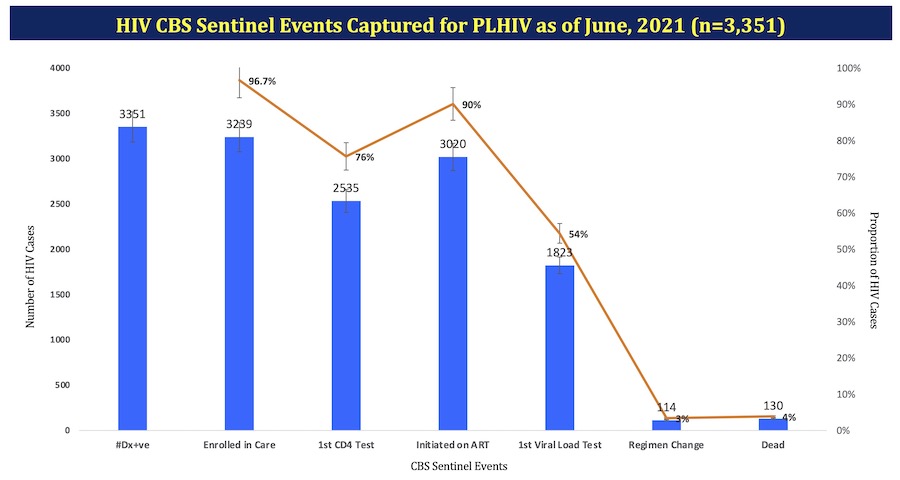
Targeting At-Risk Populations
In addition to developing surveillance systems, TAPHIK conducted two surveys to collect and better understand risk factors for HIV.
The integrated biological behaviors survey (IBBS) was led by KEMRI, a state corporation charged with conducting human health research. Completed in 2018, this survey focused on monitoring fisher folk, a population that primarily resides in Migori, Siaya, Kisumu, and Homa Bay Counties around Lake Victoria and is particularly at risk of HIV infection. IBBS’ purpose was to collect behavioral and biomarker data for these communities to understand the prevalence and distribution of HIV and the behavioral risk factors.
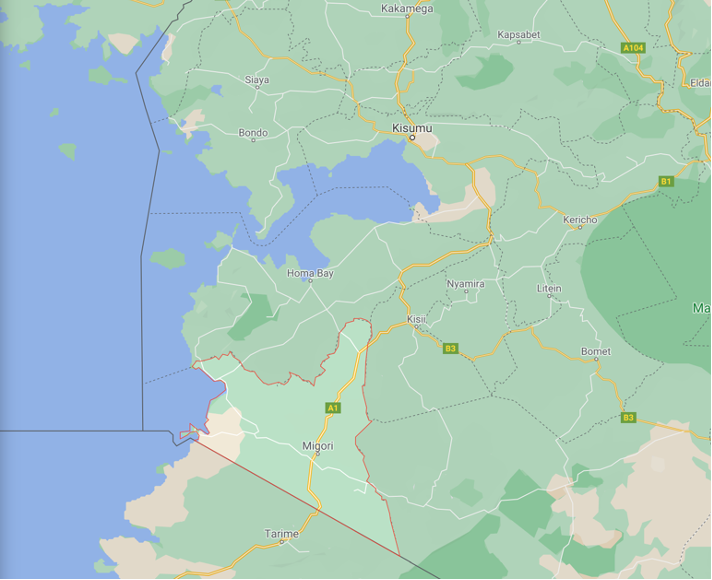 Map showing Migori County in Western Kenya, with neighboring Homa Bay, Siaya, and Kisumu Counties.
Map showing Migori County in Western Kenya, with neighboring Homa Bay, Siaya, and Kisumu Counties.
“Sample households spread over eight islands were mapped out with face-to-face interviews conducted to collect data that included patient characteristics, HIV risk behavior, care and treatment history, with blood samples collected for rapid HIV testing,” said Constancia Awiti, the TAPHIK program manager.
Nearly 1,100 households and almost 3,800 people were sampled for this survey. Roughly 60% were adults and 40% were children, and 55% of the survey population was female. The study found fisher folk have a high burden of HIV, with risky sexual behaviors prevalent with transactional sex. IBBS found low rates of condom use with casual partners, with almost two-thirds (63%) of participants reporting not using a condom during their last sexual encounter, which was persistent with known risk. ART coverage was high (96%), but knowledge of HIV-positive status was moderate (80%).
The second TAPHIK supported survey was the longitudinal biobehavioral survey (LBSS), which was conducted to determine the trends in behavioral risk factors, incidence, and prevalence of HIV among people older than 13 years enrolled in the HDSS platform, and to evaluate the level of coverage of HIV interventions in Gem Sub-county within Siaya County.
Out of 16,140 enrolled individuals, 97% completed the survey, 60% were female, and the median age was 31 years. A total of 14,208 participants were eligible for screening, out of which 81.3% were tested. Nearly 25% of girls 13-14 years of age reported having ever had sex. The median age of sexual debut was 16 and similar among males and females. The 2018 survey indicated that the HIV program in Gem Sub-county achieved all three UNAIDS 90-90-90 targets overall, and for both women and men.
Looking to the Future
As the program comes to a close, Ciheb is working to ensure that the achievements from the last five years can be sustained by KEMRI.
TAPHIK, along with KEMRI and other partners, have been able to monitor affected locations, collect data, train staff, and strengthen public health facilities and systems. All of this helps to guide Western Kenya, and Kenya as a whole, on a path to reducing the transmission of HIV and improving HIV outcomes eventually achieving the 95-95-95 targets.
Contact
Center for International Health, Education, and Biosecurity
Institute of Human Virology
Anthony Okoth
Regional Communications Specialist
Related stories
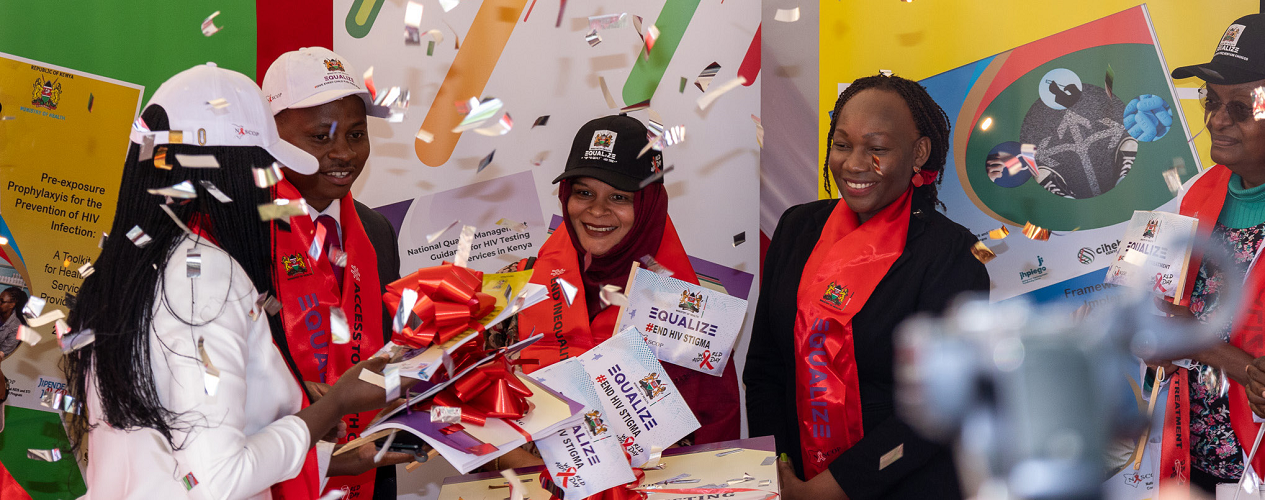
Friday, December 09, 2022
Ciheb-Kenya Joins the Globe in Commemorating the World AIDS Day 2022
Speaking during a pre-World AIDS day event in Nairobi, the Head of the National AIDS and STI Control Program (NASCOP), Dr. Rose Wafula, reiterated that the Ministry of Health, through NASCOP, commits to exploring and connecting the global and national efforts that focus on impact and progress towards the 95-95-95 targets to end the AIDS epidemic by 2030.
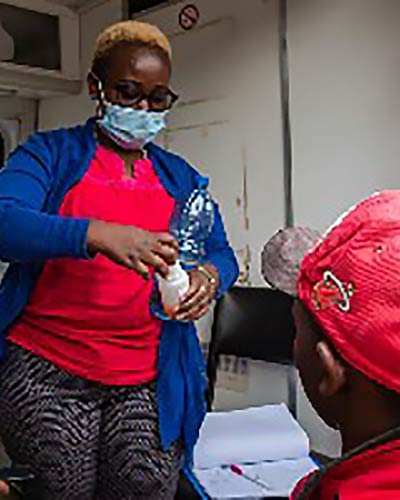
Monday, October 03, 2022
Medically Assisted Therapy Clinic in Kenya Empowers Women
In Nairobi, Ciheb’s PACT Endeleza program, with the assistance of the University of Maryland, Baltimore, and Nairobi City County, established medically assisted therapy (MAT) clinics to reduce the spread of HIV among people who inject drugs (PWID) and provide opioid substitution therapy (OST). These clinics in Mathari and Ngara were established with funding from the President’s Emergency Plan for AIDS relief through the U.S. Centers for Disease Control and Prevention.
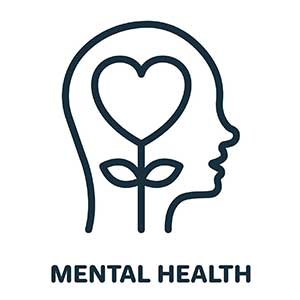
Tuesday, September 20, 2022
Caring for the Caregivers: Mental Health and Healthcare Workers in Kenya
Ciheb Kenya's CONNECT program held a two-day mental health workshop in Nairobi, Kenya. At the workshop, which was tailored for health management teams, facilitators expounded on the importance of good mental hygiene for healthcare workers.
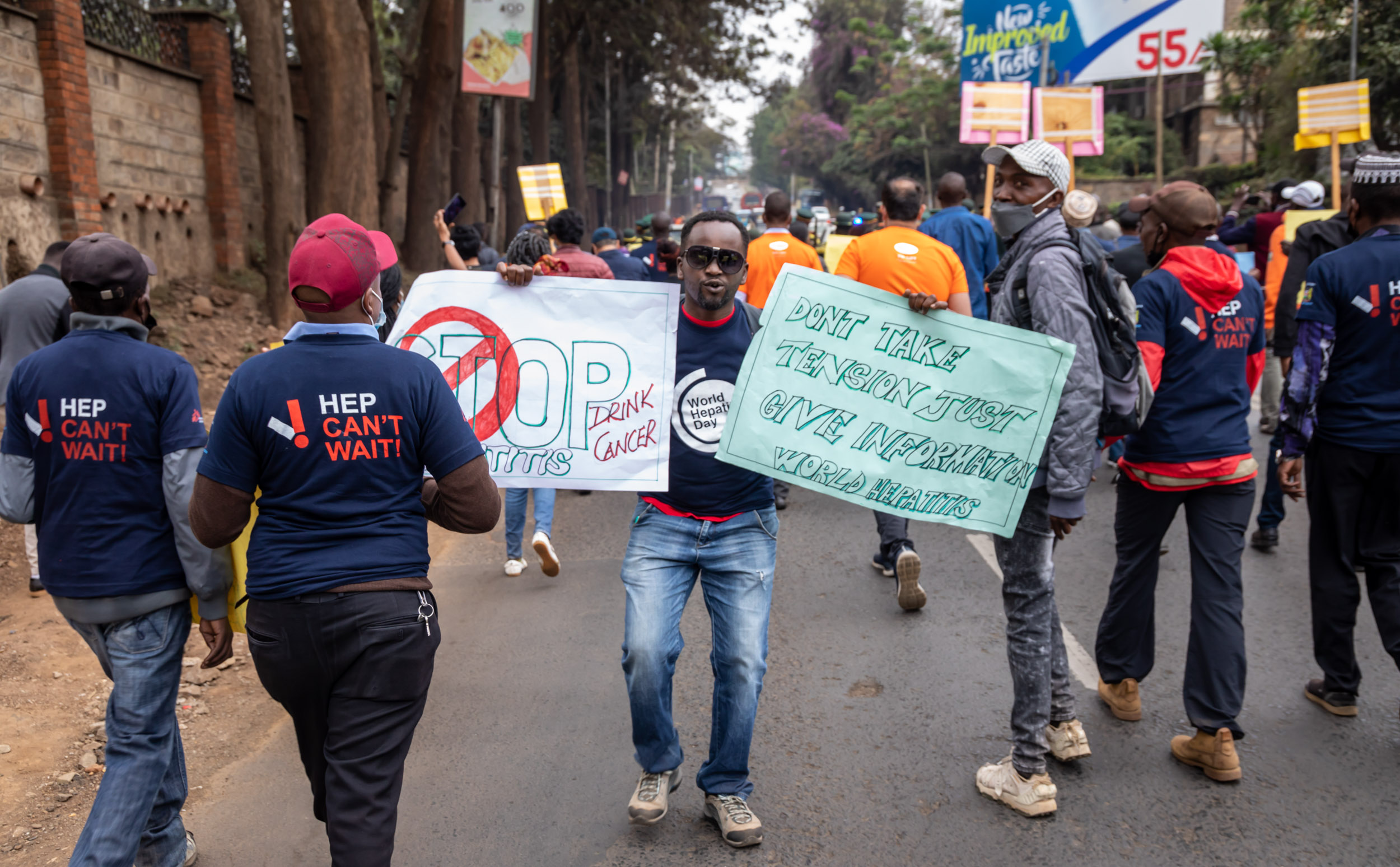
Monday, August 29, 2022
Kenya Celebrates World Hepatitis Day
Hepatitis A, B, and C are the most common of the viral hepatitis in Africa, with the African region accounting for 26% of the global burden for hepatitis B and Cin 2020.
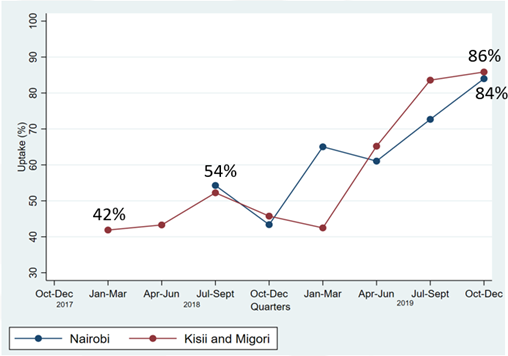
Wednesday, June 01, 2022
New Ciheb Report Compares DSD and Conventional Care
The University of Maryland, Baltimore (UMB) and Ciheb-Kenya recently released a report, “Evaluation of Differentiated Service Delivery Model,” which summarizes results, as related to DSD, from its PACT Endeleza and PACT Timiza programs in Kenya. The evaluation focused on the effect of multi-month dispensing (MMD) (three months or more) compared to conventional care.
Friday, April 29, 2022
CONNECT Program Targets Cervical Cancer
Women living with HIV are at a much higher risk of contracting cervical cancer, which progresses much faster in HIV-positive people due to their compromised immune status.
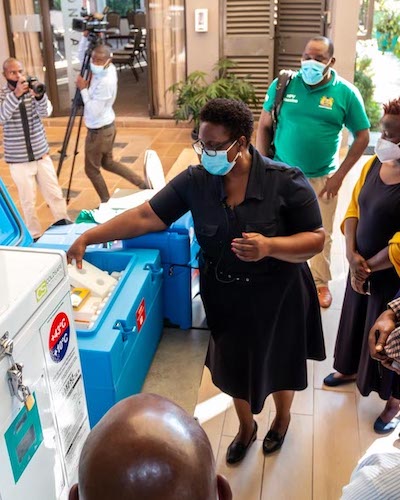
Wednesday, December 08, 2021
Supporting the Rollout of the COVID-19 Vaccine in Kenya
To combat the spread of COVID-19 in Kenya, Ciheb’s local partner, Ciheb-Kenya, received a five-year CDC-funded grant to support national and county activities towards rolling out COVID-19 vaccination. The Technical Assistance to Ready and Accelerate Capacity of public health programs in Kenya (TRACK) program is focused on supporting the development of national policies and training material on COVID-19 vaccination and teaching national trainers to cascade this training to counties.

Friday, October 29, 2021
PrEP used in the fight to end HIV in Kenya
In 2017, the Government of Kenya adopted a new policy called “A Framework for Pre-exposure Prophylaxis of IV in Kenya.” This framework directed the roll out of pre-exposure prophylaxis (PrEP) in Kenya, addressing the key focus areas of: availability, acceptability, accessibility of PrEP, and the holistic integration into the national HIV combination prevention strategy. To align with the government, Ciheb in Kenya’s PACT Endeleza program, which recently ended, also started offering PrEP that same year.

Wednesday, October 27, 2021
Kenya Country Programs Complete Five Years of Impact in HIV Services
September marked the close of Ciheb in Kenya’s two Partnership for Advanced Care and Treatment (PACT) programs, PACT Timiza and PACT Endeleza. Ciheb held closeout events in the three counties that it worked in – Kisii, Migori, and Nairobi City – to commemorate the two programs' accomplishments.
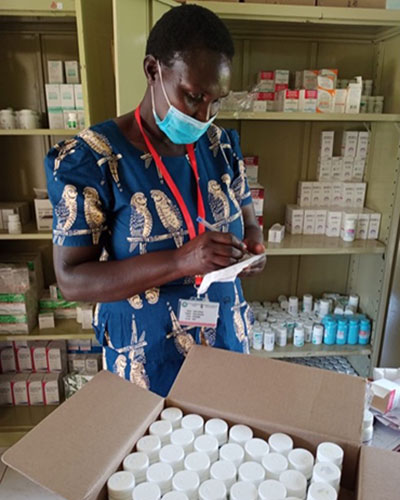
Tuesday, October 12, 2021
Differentiated Service Delivery Improves HIV Care in Western Kenya
HIV care and treatment involves complex needs and a unique set of circumstances for each client, and the conventional one-size-fits-all approach to treatment does not best serve people living with HIV (PLHIV). The client-centered approach known as differentiated service delivery (DSD) provides creative solutions to tailor clinical services to meet the needs of each client, an approach that better serves clients and the Kenyan health system.
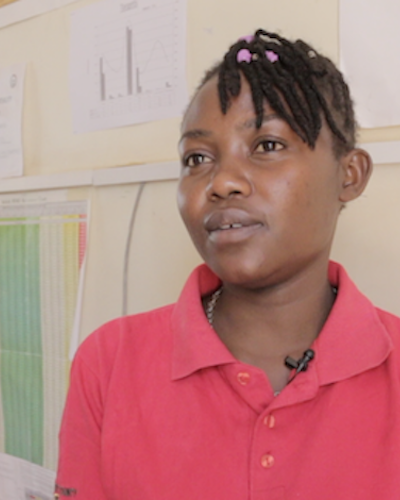
Friday, September 03, 2021
Operation Triple Zero Supports Adolescents in Overcoming HIV
HIV is a serious risk among adolescents in Kenya, and Ciheb has been helping address rising infection rates through Operation Triple Zero (OTZ). OTZ uses a contextual “asset-based approach,” whereby adolescents are considered as resources with potential answers to their challenges and are empowered to take responsibility and action for their health.
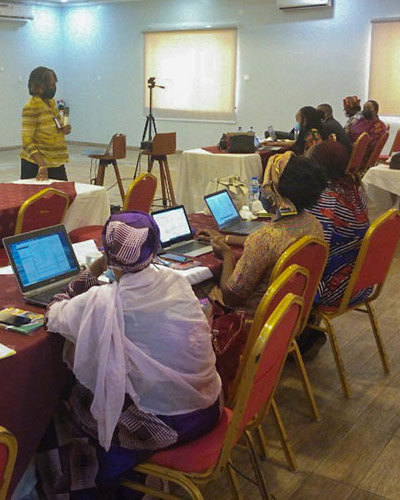
Wednesday, September 01, 2021
Data Demand and Information Use through STATA Training in Nigeria
Ciheb Nigeria, in partnership with the Federal Ministry of Health, recently facilitated a training to promote a culture of data demand among stakeholders to encourage the use of data on the National Data Repository (NDR) to track program outcomes and impact. The training also aimed to build the capacity of the stakeholders to maximize the use of data on the NDR for research.
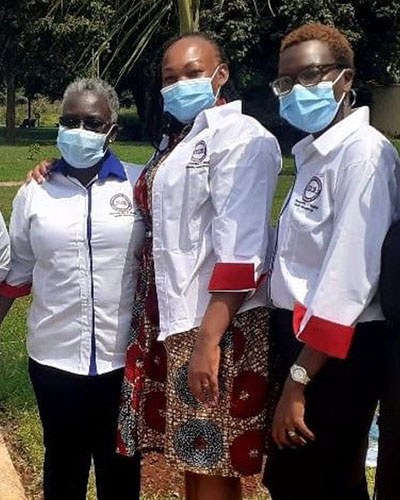
Monday, August 16, 2021
In Kenya, Ciheb Efforts Recognized in Nairobi County CQI Awards
During the summer, the Nairobi Metropolitan Services (NMS) held its annual Health Service Delivery Awards to recognize best-performing health facilities in Nairobi County. Facilities supported by PACT Endeleza won awards in all categories they participated in. NMS evaluated facilities based on their performance in continuous quality improvement metrics.

Monday, May 24, 2021
Ciheb-Kenya on the Front Lines of the COVID-19 Vaccine Rollout
Ciheb-Kenya, our local Kenyan partner, has been working with the U.S. Centers for Disease Control and Prevention, the Kenya Ministry of Health, and the National Vaccines and Immunization Programme (NVIP) to support COVID-19 vaccine preparedness through the ongoing Technical Assistance to Ready and Accelerate Capacities of Public Health Programs in Kenya (TRACK) project. Kenya received its first shipment of vaccines several weeks ago and has been moving ahead quickly. As of April 21, a total of 721,509 persons have been vaccinated against COVID-19 countrywide.

